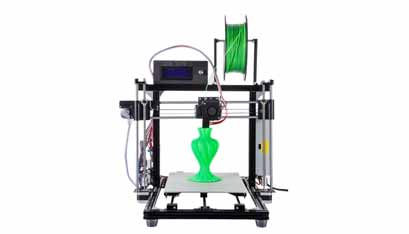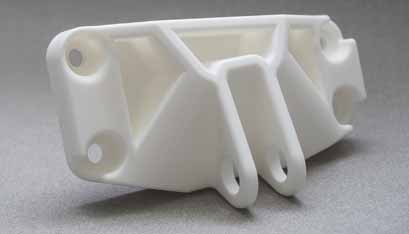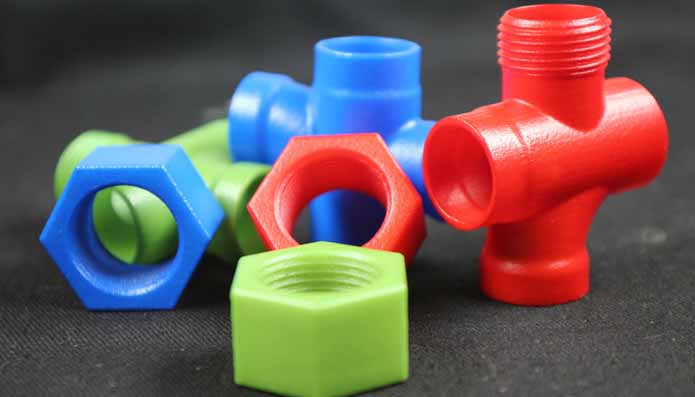The most important considerations when designing 3d printer parts are structural integrity, print speed, and wall thickness. The XY plane of your 3D printer is the most accurate and offers the best precision, so large components like valves and gears should be designed with thick walls for optimal thermal performance. In some cases, it may even be necessary to split your part into multiple prints to meet the print bed’s resolution requirements.
Overhangs

Overhangs are parts of structures that extend beyond the edge of the build bed. When designing a part, keep in mind that overhangs should be no more than 45 degrees. Overhangs of over 45 degrees will need additional supports to prevent them from falling off the part, and they will increase the time and material required for post-processing. Avoiding these problems is essential to the success of your final product.
Overhangs are protruding portions of structures. When designing a part, keep in mind that overhangs should be less than 45 degrees, as they will require additional supports. Avoiding overhangs will also reduce your printing time and materials, and will make the post-processing process easier. Listed below are some common design considerations when designing 3D-printed parts.
Orientation
Whether the part is vertical or horizontal, its orientation will affect the amount of contact it has with the print bed. In order to maximize contact with the print bed, ensure that the bottom of the part is flat. This will minimize the chance of delamination and warping from the bed. A flat bottom will help maintain the quality of your print and keep it from warping. Ultimately, this is important to a 3D-printed part.
The type of material you choose will affect the print quality. The right wall thickness is an important design consideration. Choosing the right wall thickness will ensure that the part is not too fragile and will be stable for printing. If the walls are too thick or too thin, the print will warp and delamination will result in undesirable results. To improve print quality, choose a part that has a flat bottom.
The Angle of the Part
The angle of the part is important. It should not be too long or too short. The overhang should not exceed the limits of the print bed. An overhang of 45 degrees will require the use of additional supports. By reducing the overhangs, you can cut down on the number of supports needed and minimize print time. If the overhangs are too wide, the part can cause a lot of problems.
The Wall Thickness of the Part

Overhangs are dangerous because they create stress. Overhangs can create a lot of issues during the printing process. A thin wall can break the part, and a thick one can cause it to warp. A thicker bottom will increase the chances of a successful print. A flat bottom can improve the quality of the part. However, it’s not advisable to add too much overhangs.
Conclusion
The design of a 3D printed part must be robust. It must be able to withstand normal stresses and be long lasting. In addition to these, consider the materials you will be using. PEI and PEKK are both extremely expensive materials, so be sure to consider your needs before designing a 3D-printed part. These materials should be used for manufacturing. But the material should not be too thick or too thin.
